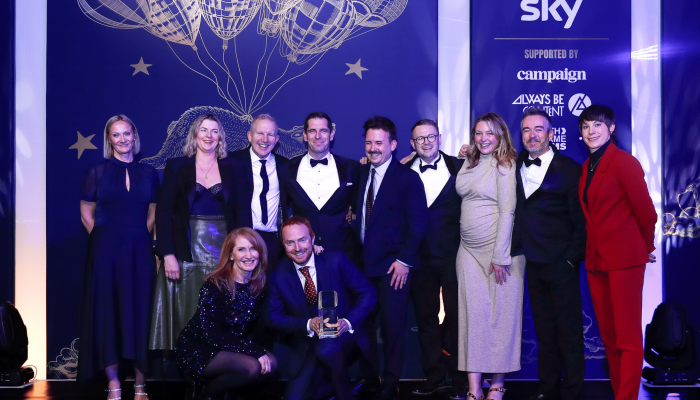I have a mental checklist of what I want from the business books I read.
- I want to learn something new
- I want to understand how I can use that learning through some good examples, case histories and a series of practical tips
- Ideally it should be interesting and engagingly written
- I don’t want a book that tells me everything in the first chapter and then stretches out retelling me it all again for the next ten chapters
Coming to Richard Shotton’s book having read a number of the usual suspects on behavioural science – Thinking Fast and Slow, Decoded and Nudge, I wondered if this book would deliver against my criteria.
I delighted to say that it delivers on all counts.
Shotton sets out the argument for applying behavioural science concisely, and uses a new-to-me quote from Jonathan Haidt, the New York University psychologist about why we shouldn’t always trust what people tell us – “the conscious brain thinks it’s the Oval Office but it is actually the press office.”
As someone who is concerned about society’s tendency to over-simplify I was delighted by his early statement that “There’s no single, grand theory underpinning behavioural science. Instead there’s a broad collection of biases.”
His book therefore covers 25 behavioural bias and does so clearly and succinctly, reminding me how many can affect my thinking. It provides the evidence on which they are based and most helpfully suggestions as how they can be applied in developing communications and other marketing activity.
One of my favourite chapters is about the power of personalisation, which is often ascribed to the fact that our subconscious deals with most of our sensory input and only a fraction is consciously processed and one way in which the brain selects what is worthy of conscious attention is personal relevance. It is liked to when in the midst of a noisy party your ears prick up when you hear your name being mentioned – the cocktail party effect.
The real pay-off however comes in the ‘How to apply section” where one recommendation is to “be personal not personalised”.
He quotes the great DDB copywriter Bob Levenson and his tips on adopting a personal tone of voice. He recommended imagining that you were writing ads to close friend:
‘Start off with “Dear Charlie, then say this is what I want to tell you about…”
Make believe that the person you’re talking to is a perfectly intelligent friend who knows less about the product than you do. Then, when you’ve finished writing the copy, just cross out “Dear Charlie”. “
So, in short Charlie, in case you haven’t already guessed it, I think it’s well worth a read.
By Giles Lury, Director; The Value Engineers



